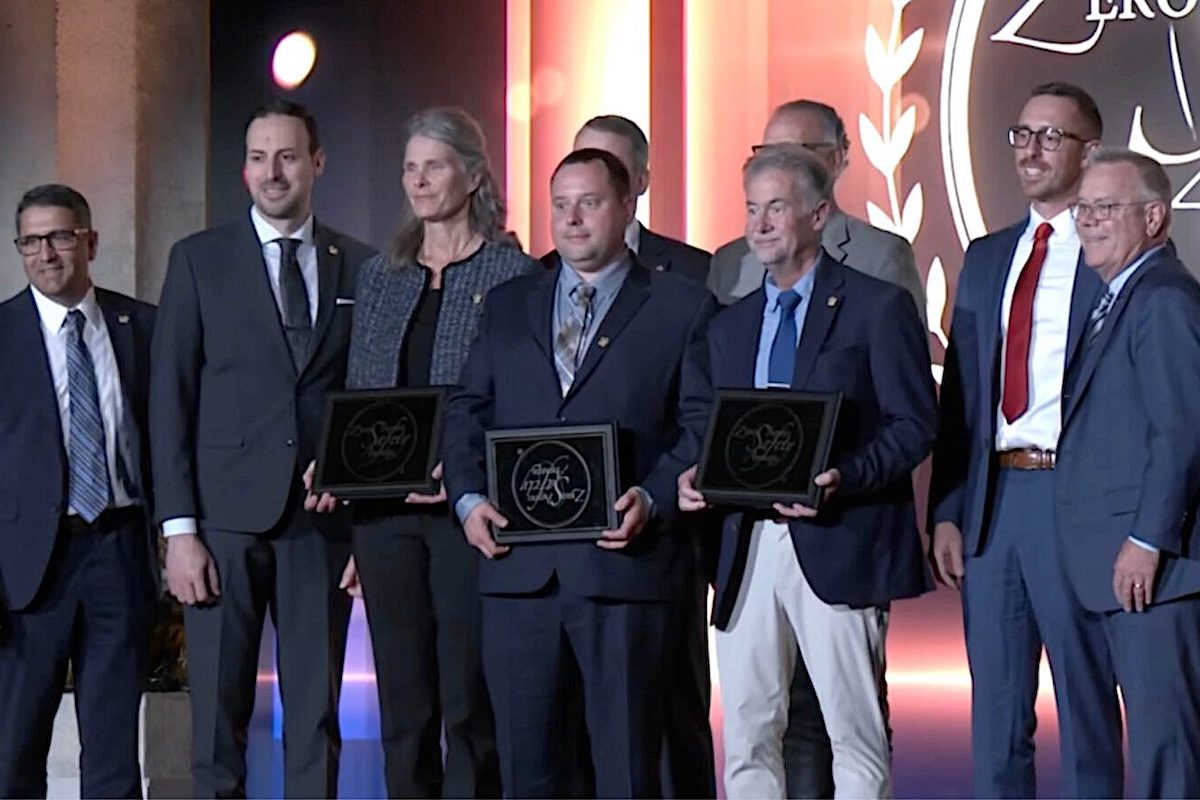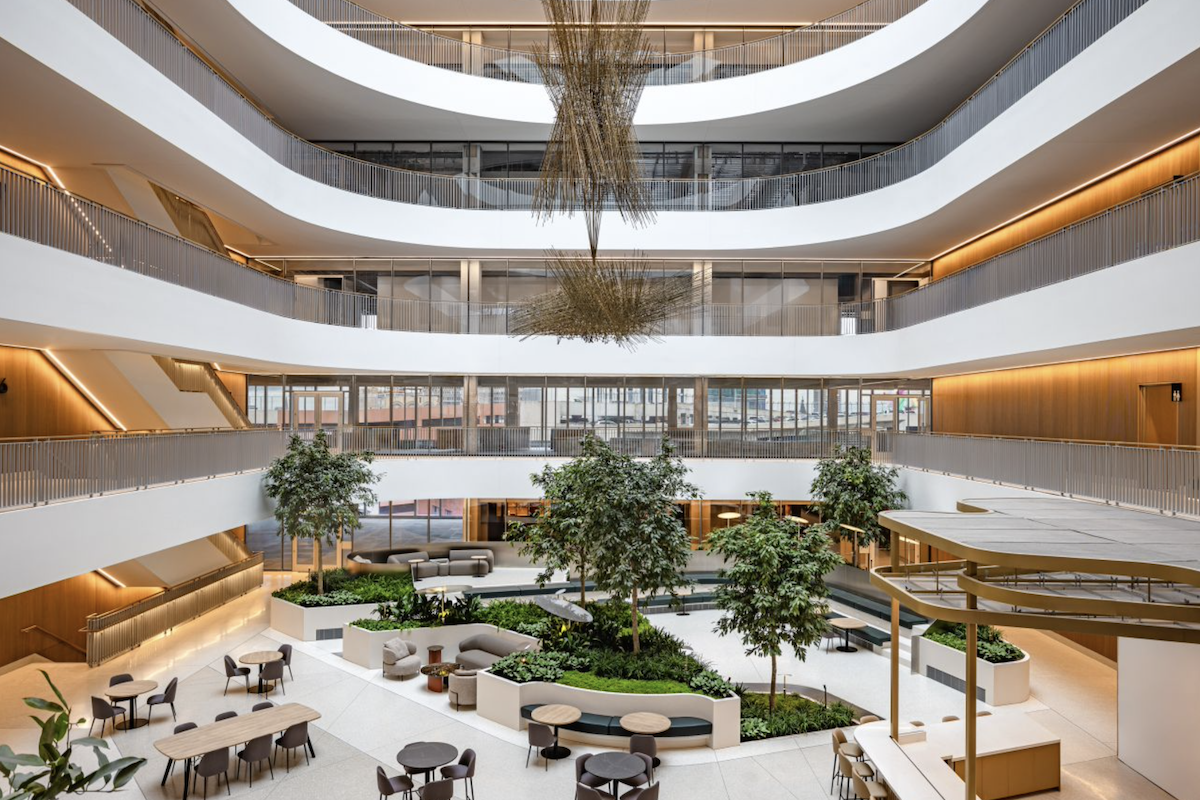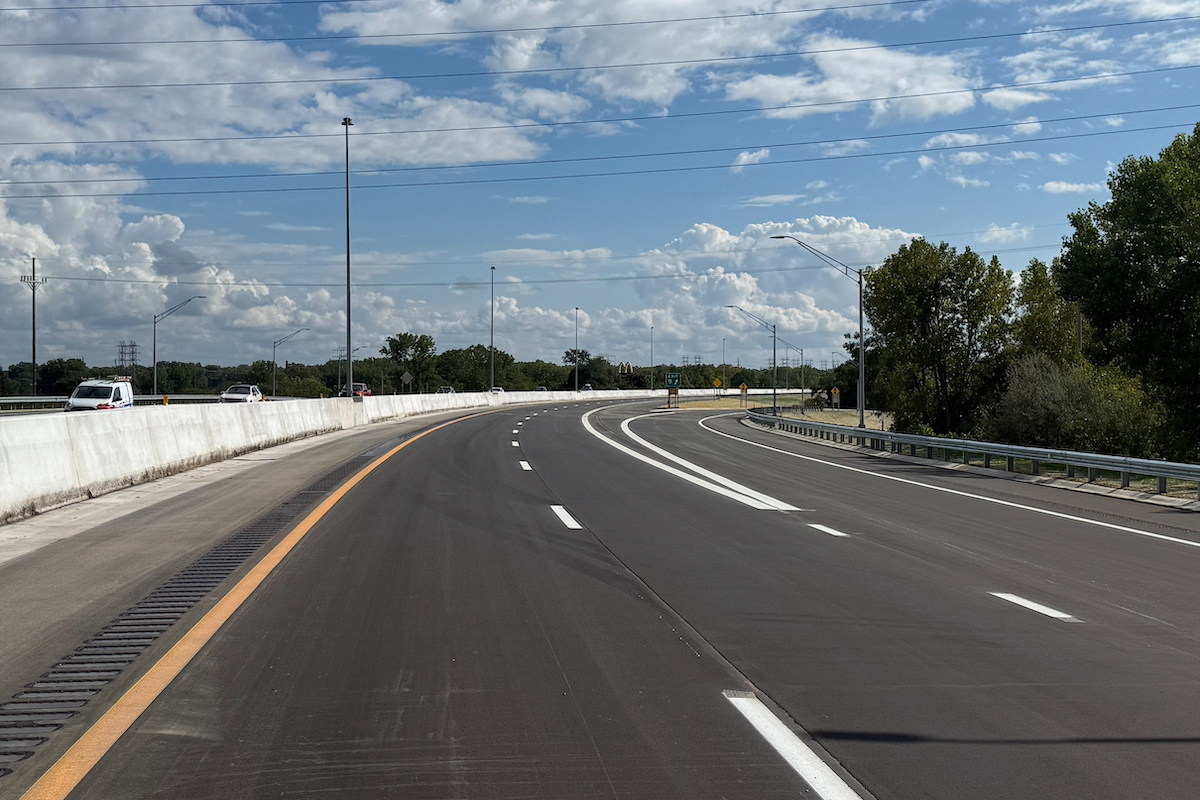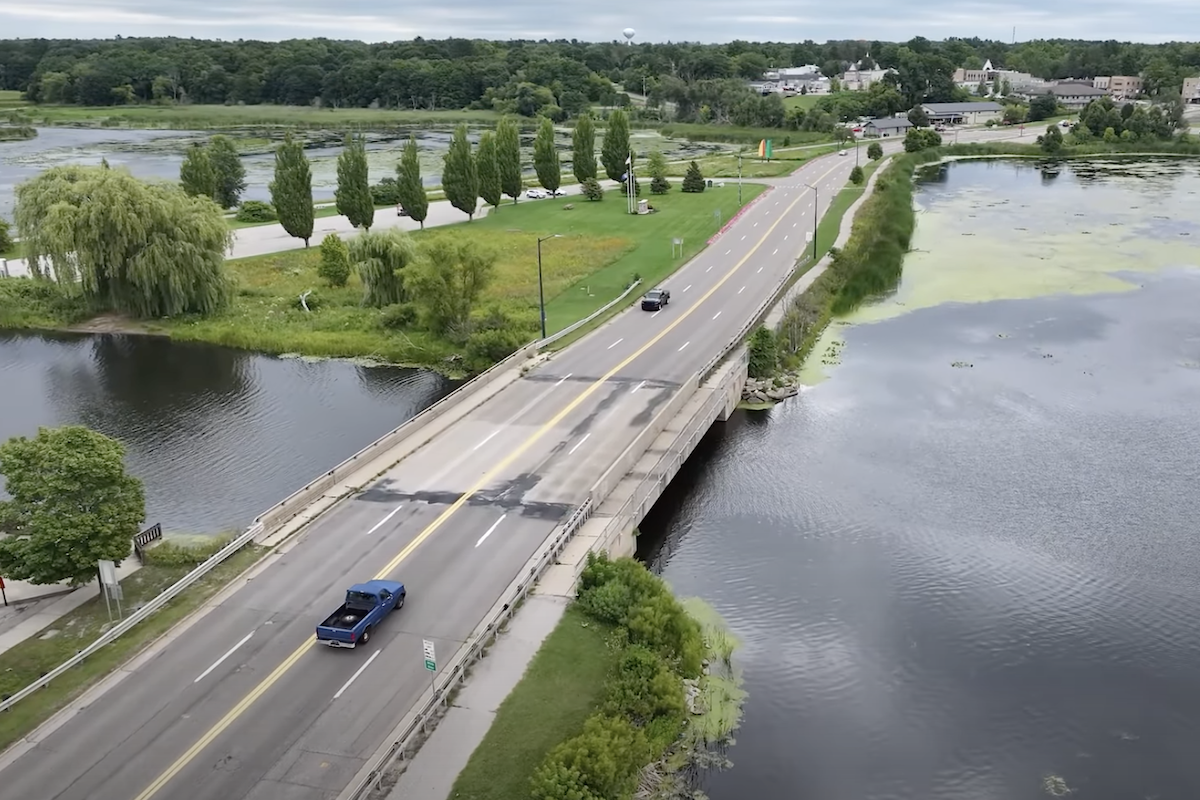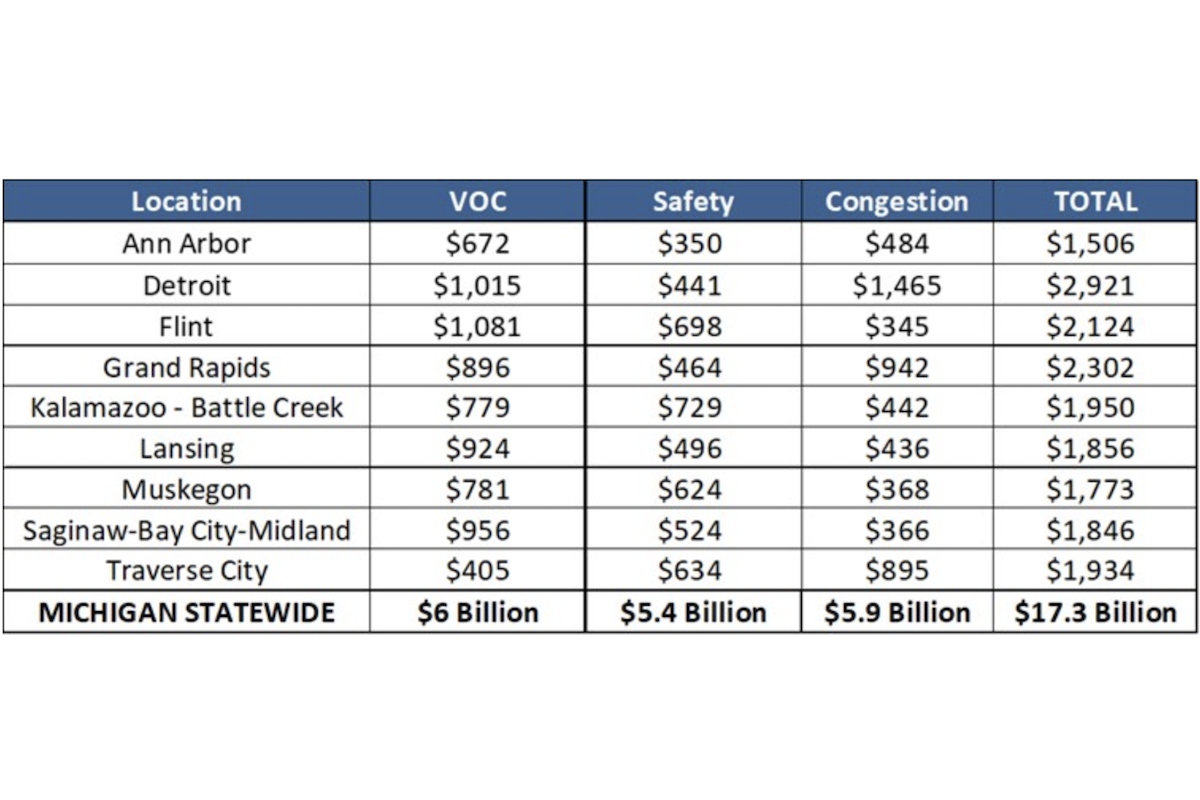This high-level bluster attracts attention. However, the most significant opportunities for AI are not in the clouds, but in the weeds. It is the practical, focused application of this technology that has the greatest potential to change our world. And industry by industry, function by function, it is already taking root.
Consider Buildots. Buildots customers use this company’s software to get a current, realistic picture of how their projects are progressing. Crew members on site wear hardhats equipped with cameras that capture images of the job site as people go about their normal daily work. The images are then uploaded to the Buildots platform, which is where the magic happens. AI-powered algorithms process these images to ascertain where things stand in comparison to the original plan. And the platform’s predictive capabilities enable Buildots users to determine where a project is then most likely to run into problems.
With these insights, builders can prioritize work to address critical issues first. Assessing the gap between “reality vs. plan” has long been a challenge in construction. The application of AI to the problem is an excellent example of the practical way in which technology is being applied in a pragmatic industry.
Here, too, AI is producing answers. For example, Twenty20 Solutions has brought AI to its video monitoring solutions to help project owners keep their sites more secure. The technology detects and sorts human, vehicle, and animal activity, enabling the company’s Manned Monitoring Center to address potential threats and engage law enforcement as necessary. Twenty20’s products make the most of both machines and men, with AI flagging threats and humans then determining how best to address them. It is an innovative-yet-sensible approach to tech that is in character for the construction industry.

| Your local Deere & Co dealer |
|---|
| AIS Construction Equipment |
Historically, GCs and owners have used “old school” tools like Microsoft Project and Oracle’s Primavera 6 to create their schedules. Doing so was complex and time consuming, which meant that builders generally didn’t have the time and flexibility to evaluate options and instead created just one schedule based on the experience of long-time schedulers.
But with ALICE, companies can create thousands of potential construction schedules and then experiment further with promising options using “what if'' analysis. Through this ability to “build” potential projects numerous times before ever actually breaking ground, ALICE users can create schedules that not only reduce delivery times and costs, but also reduce risk. Once again, the construction industry is using AI to improve a task that is fundamental and essential.
While these are “flashy” examples of AI at work, the most significant impacts on our world will likely emerge in industries that are decidedly more “low key.” Construction is just such a sector – not nearly as glamorous as the entertainment world, yet the global value of the construction industry is more than $12 trillion annually. It is a segment that determines where we live, how we travel, where we work, and more. And it is in influential-yet-less-showy categories like these that the advent of AI will drive the greatest change.
René Morkos is the founder of ALICE Technologies and is an adjunct professor at Stanford University's Ph.D. program in construction engineering. Morkos obtained his Ph.D. in artificial intelligence applications for construction as a Charles H. Leavell fellow at Stanford. He is a second-generation civil engineer with over 15 years of construction industry experience that is divided between industry and academia.













